Interview with Chief Theresa Spence
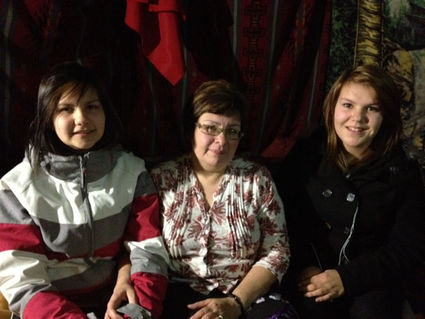
Chief Spence with two of her five daughters in her tent on Victoria Island. When this photo was taken Chief Spence was on the 27th day of her hunger strike.
The distinct scent of campfire still lingers in the air the morning after visiting Attawapiskat Chief Theresa Spence, who on Sunday, January 6, 2013 was on her 27th day of a hunger strike to protest the treatment of Aboriginal people across Canada. Her hunger strike has been supported by the Idle No More movement which has galvanized not only Aboriginal people in Canada but people of all races and beliefs around the world. And the train on which this movement and other political protests in the last 5 years has been “Viral,” Egypt, Syria, India and more. Thanks to instant telecommunications and social media forums - Facebook, Twitter, email and almost any person on this planet holding a phone in their hand has access to what is happening this instant. Rallies, protests, meetings, and flash mobs have all contributed to the united front against the treatment of Aboriginal people in Canada and opposition to Bill C-45 and the Harper government.
Chief Spence was ensconced in a large tent heated by woodstove and surrounded by two of her five daughters. She also had two other women acting as her immediate support and a gentleman who acted as a buffer to all visitors. He made sure she was kept warm, hydrated and kept visitors to a minimum. It was early evening when she accepted us, and at a time usually spent with her family.
When asked what was the moment that defined her decision to go on a hunger strike she answered in a very quiet but assured voice, “I was in the Assembly at Lake Martin community. They were living in the city and asking the Canadian government for assistance and what they received was swampy unsustainable land. They needed help and this became a journey of itself. The Canadian government violated our Treaty rights and many are still living in third world conditions. I asked the Creator for the words to speak. I expressed how many times our rights have been violated, how much suffering we have to endure, so as we sit here I am going to go on a hunger strike.” She asked the National Chief to write a letter to the Crown and to inform them of her intention of her hunger strike and how she will remain on a hunger strike until she meets with Prime Minister Harper. This meeting is expected to happen this Friday, January 11, 2013. Chief Spence will continue her hunger strike up to the meeting. Her intention of continuing the strike is dependent on the outcome of the meeting on Friday.
During the visit, a young man from Akwesasne of 22 years young asked why he should support this movement and her hunger strike and she was very clear in her answer, “This is a grassroots movement, especially in regards to our youth; your generation has suffered so much, I am sure the youth feel the pain. To see them pray, sing and drum give me strength. We don’t want to live like this anymore. I want the Chiefs to know the people are behind us. In reality the Chiefs have no power, the people have the power. The youth have the power to make a change. We are going to be united. They [government] don’t want to respond to us, they have no choice. It is important for youth to look forward to the future. This has to be in peace. Peaceful. The government will take advantage of us if we stray.”
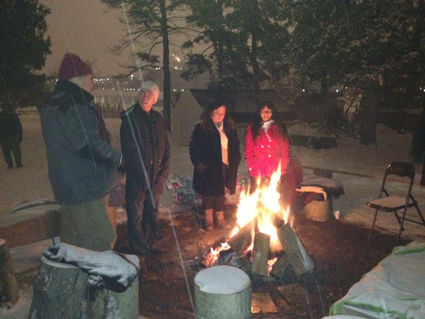
There are two fires at the Victoria Island encampment, a sacred fire (not photographed) and this social fire where people can meet and share stories.
She was humble in her presentation, yet the energy that radiated from her was self-assured. As if she absorbed and reflected the energy from around the globe, but knew the real power came from within. With only a few days from the meeting with Prime Minister Harper, she has much to prepare for, and much to reflect upon. Bill C – 45 will come to Parliament once again in February and the movement wants to stop the Harper government from passing more laws and legislation that will further erode treaty and indigenous rights of all Canadians.
The mission statement of the Idle No More Movement was written barely three months ago in Saskatchewan by four women who were concerned the legislation proposed by the Harper government would impact indigenous rights and they chose the Facebook forum. Just one week later events were held in Regina, Prince Albert, North Battlefield and Winnipeg. A movement was born, and on Saturday, January 5, 2013 Akwesasne showed its solidarity.
The changes that most concern the Idle No More Movement in the bill (also known as the Second Omnibus Budget Bill) are the Indian Act, the Navigation Act, and the Environmental Assessment Act.
The act itself is over 400 pages and a quick review can be seen on numerous websites. CBC posted a succinct summary of the C – 45 act and its repercussions.
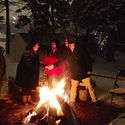


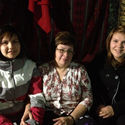
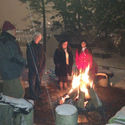







Reader Comments(0)